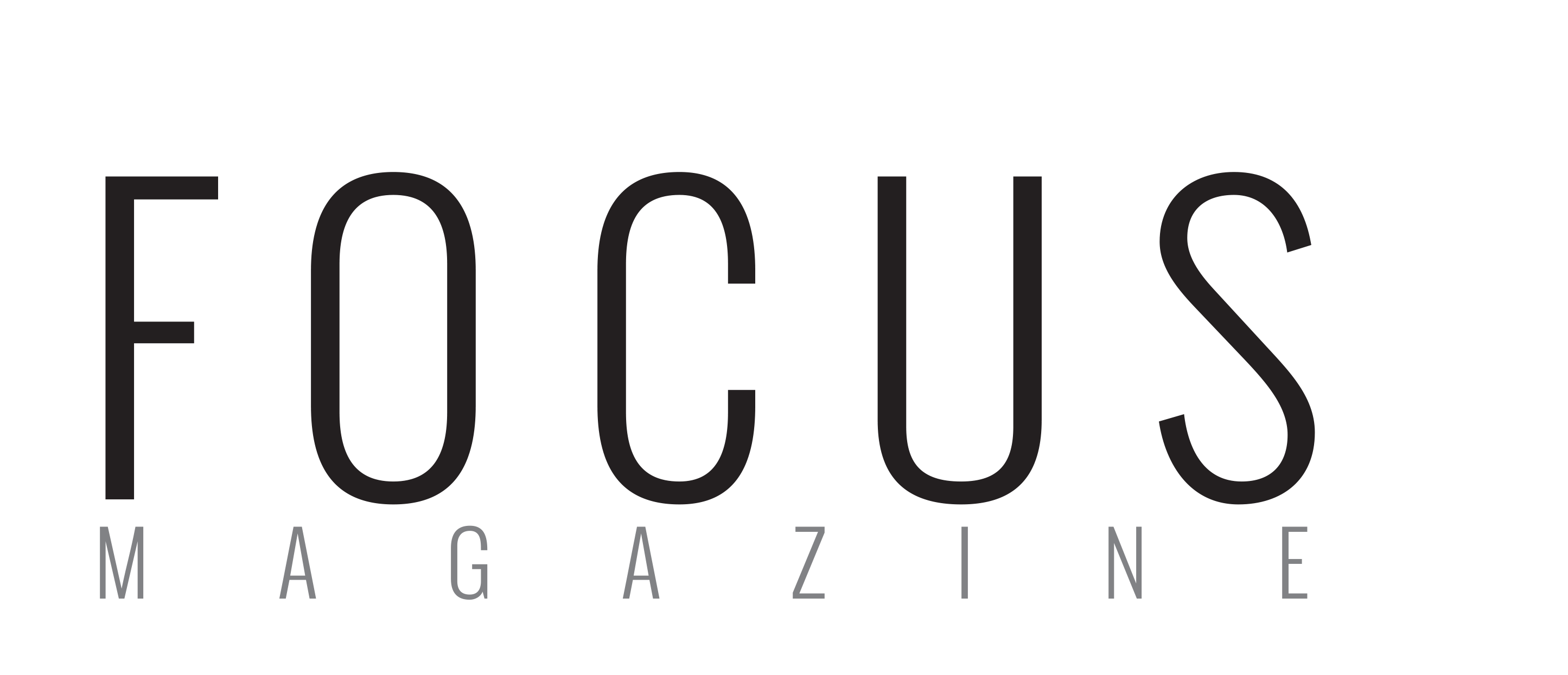Story by Taliyah Clark; Photos by Maggie Malone

Creative science? Those two words don’t usually correlate, until you meet Alex Le Roux. A recent Baylor mechanical engineering graduate, Le Roux designed and created a 3-D printer that can create large concrete structures and 3-D images.
Le Roux has always been good with his hands. As a child, he loved building things and always excelled in math classes. When he got to Baylor he chose to major in mechanical engineering because it combined all of his favorite things.
“Mechanical engineering is right the intersection of what I enjoy doing and what I am good at,” Le Roux said.
His interest in 3-D printing came as Le Roux was diving deeper into his field of study. As he was deciding which route he wanted to go with mechanical engineering, Le Roux researched which engineering field was experiencing the most growth. Surprisingly, it was 3-D printing technology.
Though this type of technology was still in its infancy at the time, Le Roux saw an opportunity in the field where he could be involved with every aspect of printing. He wanted to study materials science of the substrate (the material or substance with which an enzyme reacts) and stress analysis of printer components.
“I bought three different 3-D printers before Idecided to go out and build my own printer,” Le Roux said. “Each was a little different and taught me a lot about how a printer functions and where there might be room for improvement.”

He was right. At the end of Le Roux’s journey, which took the entire spring and summer months of 2015, he had a fully functioning 3-D printer.
Le Roux’s professors were impressed that he had built a printer. One of his professors even came to his home to view it. His peers were equally as impressed and encouraging, offering to help him during the development stage of building.
Since building the printer, Le Roux has been testing it to see its capabilities. He plans to begin printing the structural components to build a small house. Le Roux hopes that the house structure will show that constructing with a 3-D printer can lead to major decreases in cost, time and labor – factors often negatively associated with a construction budget. He also hopes the house structure will generate more interest for the printer itself from different companies.
“We just need to refine and improve on the printer just a little more before taking on more than the few customers who have already put in orders for our minimum viable product,” Le Roux said.
While reflecting on his work, Le Roux noted that creativity is needed to build a printer that makes 3-D objects.
“The printer has the capability of printing most 3-D models,” Le Roux said. “The biggest restraint on what the printer outputs is what the user can imagine and model on the computer,” Le Roux said.
Le Roux believes that 3-D printing can be an art form, but it depends on the printer’s capacity.
“3-D printing definitely can be an art form if the printer is up to the task of making art,” Le Roux said. “Some printers are up to the task, some simply are not… I like to think that our printer does make art!”

